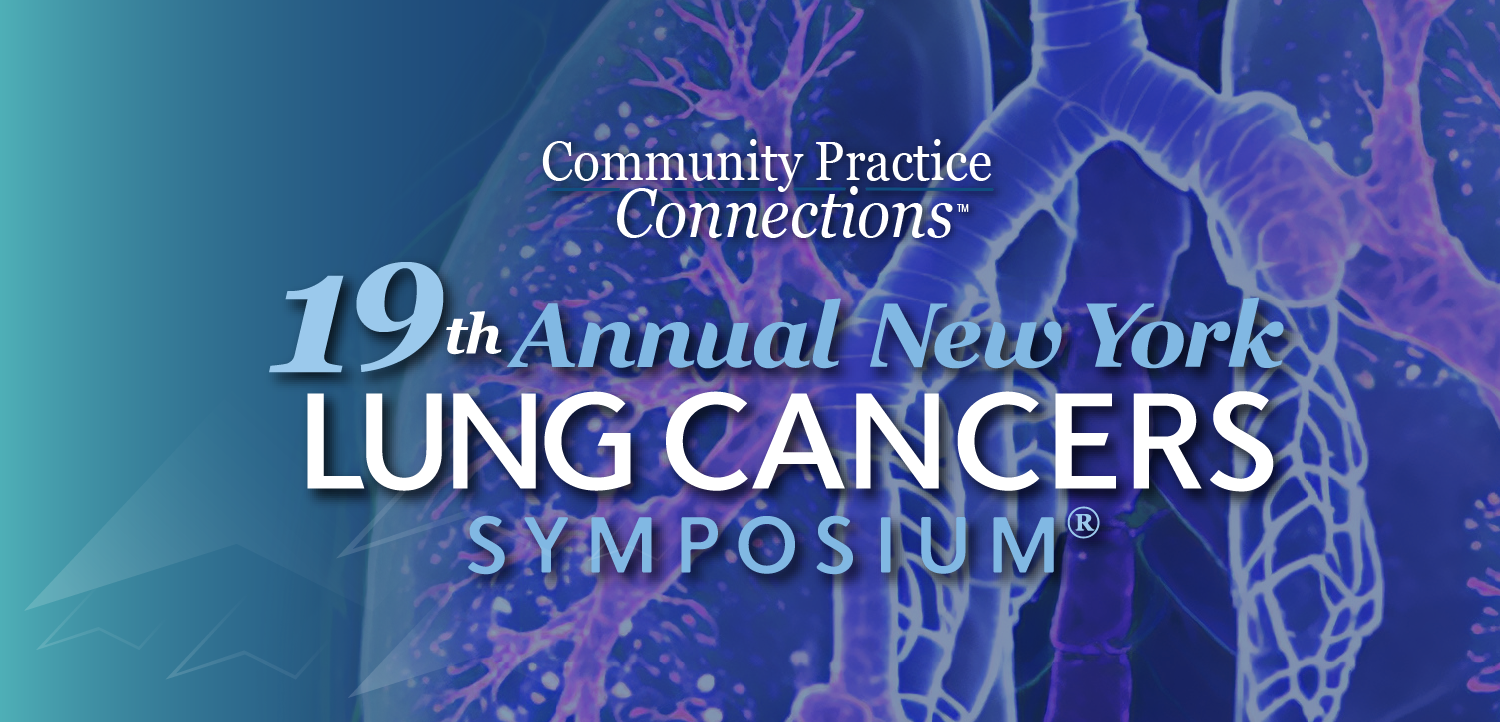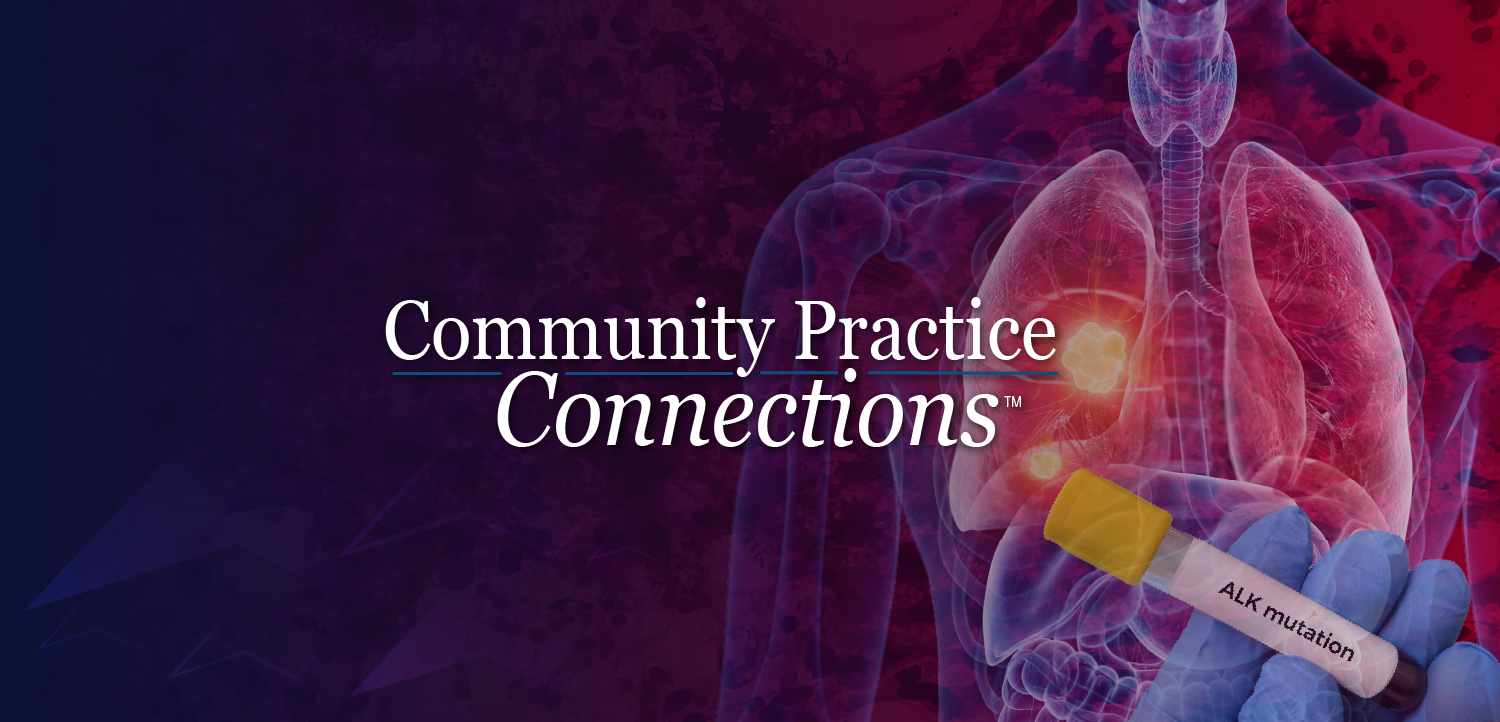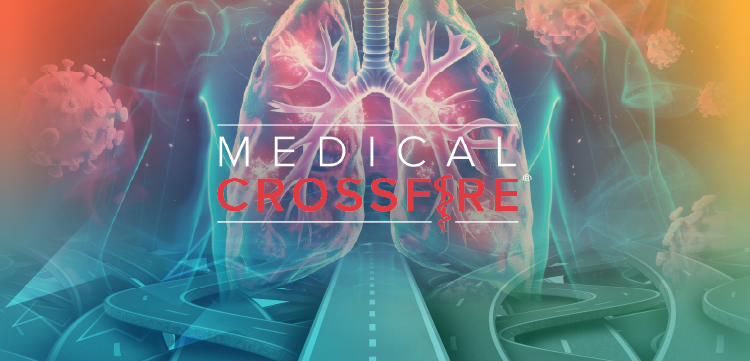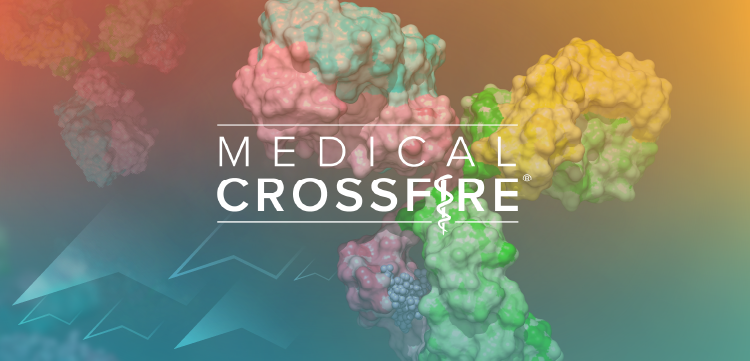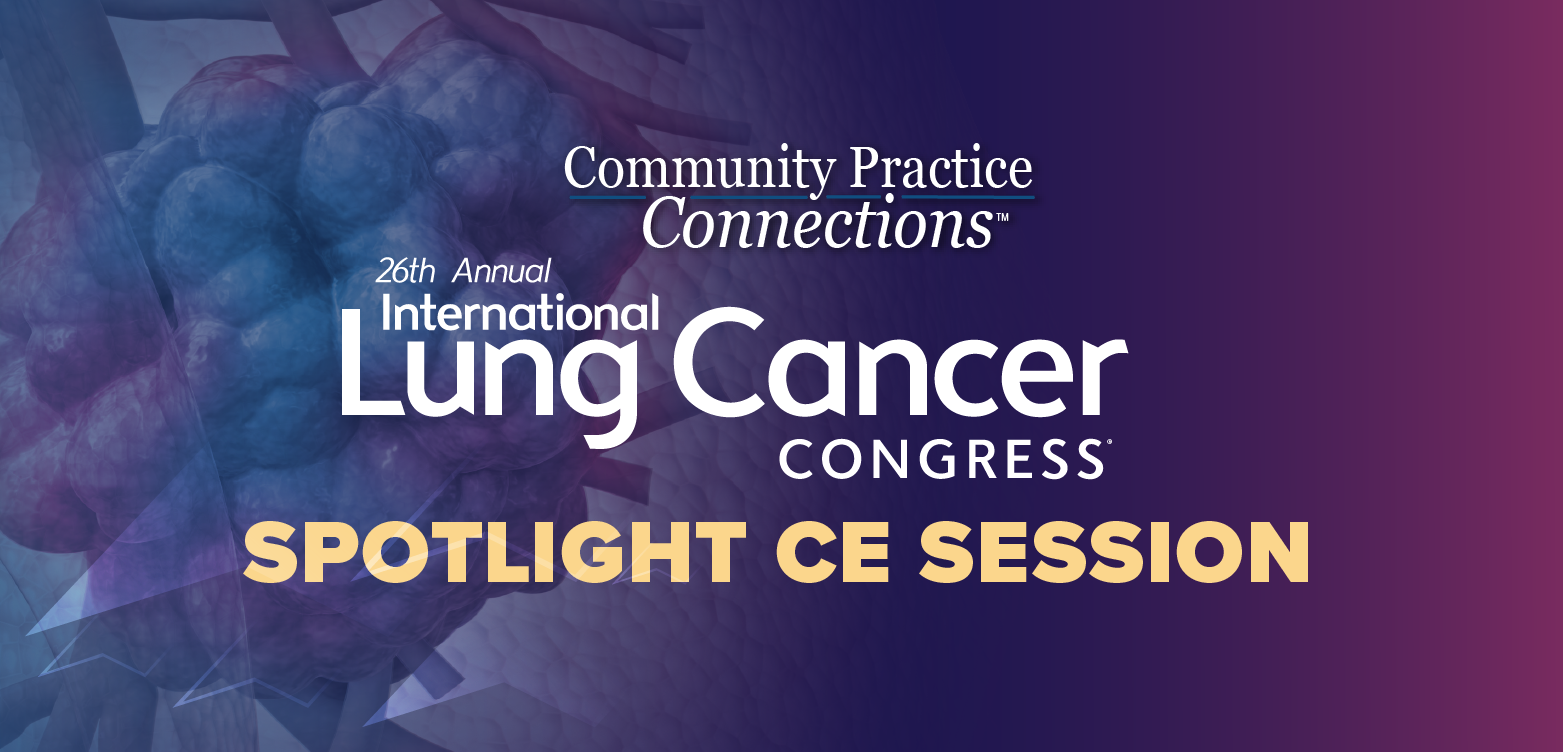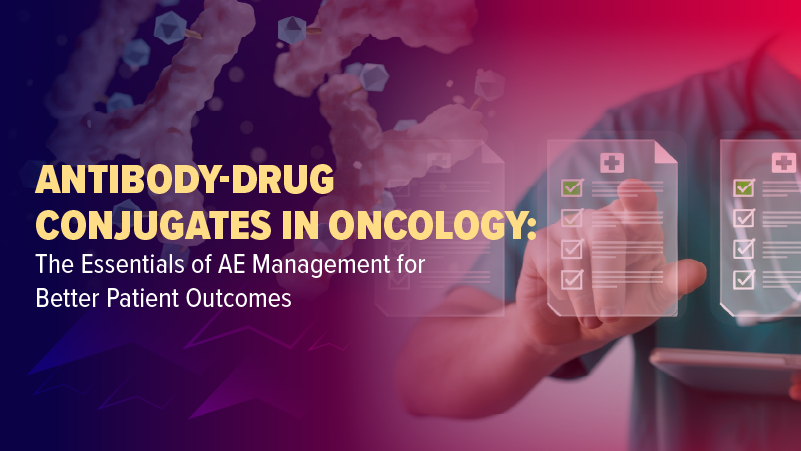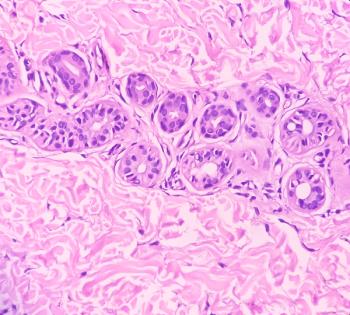
ADA 2010: New diagnostic guidelines spur debate
The new standards using glycated hemoglobin for the diagnosis of diabetes issued in January 2010 have not come without controversy.
The new standards using glycated hemoglobin for the diagnosis of diabetes issued in January 2010 have not come without controversy. It is not that glycated hemoglobin is incorrect or even inappropriate, said Robert Cohen, MD, professor of medicine, University of Cincinnati College of Medicine, Cincinnati, Ohio. The problem is that glycated hemoglobin does not correlate precisely with blood glucose.
“The new standards come from glucose levels that have consequences and the A1c that corresponds to those levels,” Cohen reminded a Wednesday-morning symposium, Diabetes Diagnosis Based on the A1c. “The question is how well A1c corresponds to those glucose levels in your patient.”
For most people, there is probably not a significant issue, Cohen noted. For the majority of the population, glycated hemoglobin does reliably correspond to specific blood glucose levels, but not for all.
“Look at your next patient,” Cohen suggested during a talk, Should A1c Be the Preferred Test to Diagnose Diabetes? “Is that patient in the middle of the crowd and corresponds precisely? Or is that patient one of those for whom an A1c of 6 represents a blood glucose of 130? Or maybe 200? Discordance works both ways. A blood glucose of 130 may represent an A1c of 5.9 or 7.0.”
The concordance between blood glucose and HbA1c is only 0.84, Cohen explained. That means some people will fall outside the normal range on one test and within the normal range on the other.
Studies suggest that about 10% of the discordance is biologic in origin, most likely genetic. That implies that there are about 2 million patients in the United States alone with a mismatch between their blood glucose and their glycated hemoglobin.
In another presentation here, the same authors found that telemedicine participants had smaller declines in physical activity over time and a lower rate of physical impairment than the usual-care group.
“If you see similar results from blood glucose and A1c, you can have high confidence in the result,” Cohen concluded. “Biologic variability alone could change a 7% to a 6 or an 8, which could change the diagnosis and treatment for your patient.”
“A1c is a good test for the diagnosis of diabetes in a large part of the population,” Cohen continued. “I just can’t tell you which part. It is not sufficient on its own to provide a diagnosis for all individuals. We are going to need multiple measures to be sure.”
Newsletter
Get the latest industry news, event updates, and more from Managed healthcare Executive.











